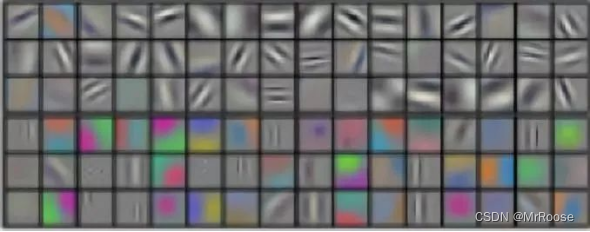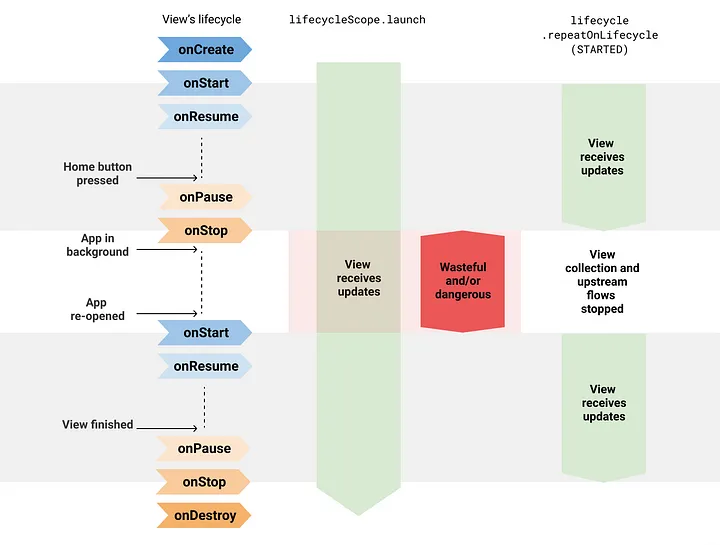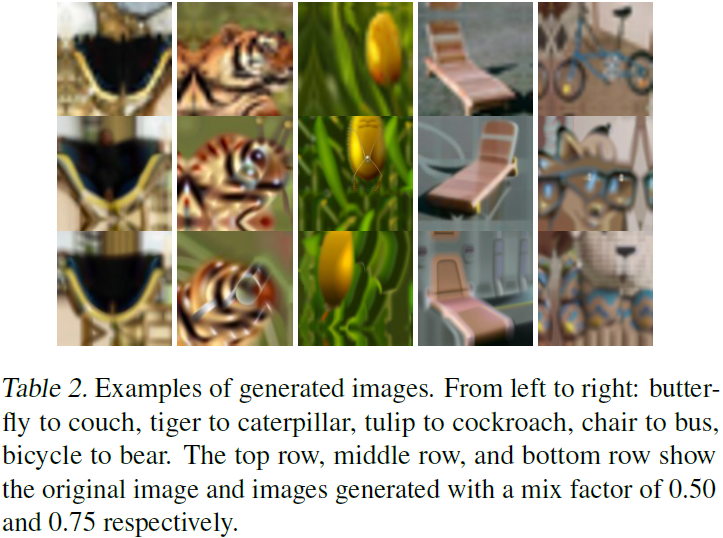目录
- Ambiguity in Parsing
- Basics of PCFGs
- Basics of PCFGs
- Stochastic Generation with PCFGs
- PCFG Parsing
- CYK for PCFGs
- Limitations of CFG
- Poor Independence Assumptions
- Lack of Lexical Conditioning
Ambiguity in Parsing
-
Context-Free grammars assign hierarchical structure to language
- Formulated as generating all strings in the language
- Predicting the structure for a given string
-
Raises problem of ambiguity: Two parse tree from the same tree, which is better
Basics of PCFGs
Basics of PCFGs
-
Same symbol set:
- Terminals: words such as
book - Non-terminals: syntactic labels such as
NPorNN
- Terminals: words such as
-
Same production rules:
- LHS non-terminal -> ordered list of RHS symbols
-
In addition, store a probability with each production:
NP -> DT NN [p = 0.45]NN -> cat [p = 0.02]NN -> leprechaun [p = 0.00001]
-
Probability values denote conditional:
P(LHS -> RHS)P(RHS | LHS)
-
Consequently they:
- Must be positive values, between 0 and 1
- Must sum to one for given LHS
-
E.g.
NN -> aadvark [p = 0.0003]NN -> cat [p = 0.02]NN -> leprechaun [p = 0.01]∑x P(NN -> x) = 1
Stochastic Generation with PCFGs
-
Almost the same as for CFG, with one twist:
- Start with
S, the sentence symbol - Choose a rule with
Sas the LHS- Randomly select a RHS according to
P(RHS | LSH) - Apply this rule
- Randomly select a RHS according to
- Repeat step 2 for each non-terminal in the string
- Stop when no non-terminal terminal
- Start with
-
Output a tree with sentence as the yield
-
Given a tree, compute its probability


-
For this tree: P(tree) =
P(S → VP) × P(VP → Verb NP) × P(Verb → Book) × P(NP → Det Nominal) × P(Det → the) × P(Nominal → Nominal Noun) × P(Nominal → Noun) × P(Noun → dinner) × P(Noun → flight)
=0.05 × 0.20 × 0.30 × 0.20 × 0.60 × 0.20 × 0.75 × 0.10 × 0.40
=2.2 × 10-6
-
-
This resolve the problem of parsing ambiguity:
- Can select between different tree based on P(tree)

- Can select between different tree based on P(tree)
PCFG Parsing
CYK for PCFGs
-
CYK finds all trees for a sentence: want the best tree
-
Probabilistic CYK allows similar process to standard CYK
-
Convert grammar to Chomsky Normal Form
- From:
VP -> Verb NP NP [p = 0.10] - To:
VP -> Verb NP+NP[p = 0.10]; NP+NP -> NP NP[p = 1.0]
- From:
-
E.g.

-
Retrieving the Parses
Sin the top-right corner of parse table indicates success- Retain back-pointer to best analysis
- To get parse, follow pointers back for each match
- Convert back from CNF by removing new non-terminals
- E.g.

-
Pseudocode Code for Probabilistic CYK:
function Probabilistic-CYK(words, grammar) return most probable parse and its probability
for j <- from 1 to LENGTH(words) do
for all {A | A -> words[j] ∈ grammar}
table[j-1, j, A] <- P(A -> words[j])
for i <- from j-2 downto 0 do
for k <- i+1 to j-1 do
for all {A|A -> BC ∈ grammar, and table[i, k, B] > 0 and table[k, j, C] > 0}
if (table[i, j, A] < P(A -> BC) × table[i, k, B] × table[k, j, C]) then
table[i, j, A] <- P(A -> BC) × table[i, k, B] × table[k, j, C]
back[i, j, A] <- {k, B, C}
return BUILD_TREE(back[1, LENGTH(words), S]), table[1, LENGTH(words), S]
Limitations of CFG
Poor Independence Assumptions
-
Rewrite decisions made independently, whereas interdependence is often needed to capture global structure
-
E.g.:
-
NP -> DT NN [p = 0.28]andNP -> PRP [p = 0.25] -
Probability of a rule is independent of rest of tree
-
No way to represent this contextual difference in PCFG probabilities:

-
NP -> PRPshould go up to 0.91 as a subject -
NP -> DT NNshould be 0.66 as an object
-
-
Solution: add a condition to denote whether NP is a subject or object (Parent Conditioning)
-
Make non-terminals more explicit by incorporating parent symbol into each symbol
-
E.g.

NP^Srepresents subject positionNP^VPrepresents object position
-
Lack of Lexical Conditioning
-
Lack of sensitivity to words in tree
-
Prepositional phrase
PPattachment ambiguity -
E.g.
Worker dumped sacks into bin
into a bindescribes the resulting location of the sack. So correct tree should be:
-
Coordination Ambiguity:
dogs in houses and catsdogsis semantically a better conjunct forcatsthanhouse
-
Solution: Head Lexicalization
-
Record head word with parent symbols
- Head word: the most salient child of a constituent, usually the noun in
NP, verb inVP

VP -> VBD NP PPtoVP(dumped) → VBD(dumped) NP(sacks) PP(into)
- Head word: the most salient child of a constituent, usually the noun in
-
Incorporate head words into productions, to capture the most important links between words
- Captures correlations between head words of phrases
-
Grammar symbol inventory expands massively. Many production rule are too specific, rarely seen.
- Leaning more involved to avoid sparsity problems
-
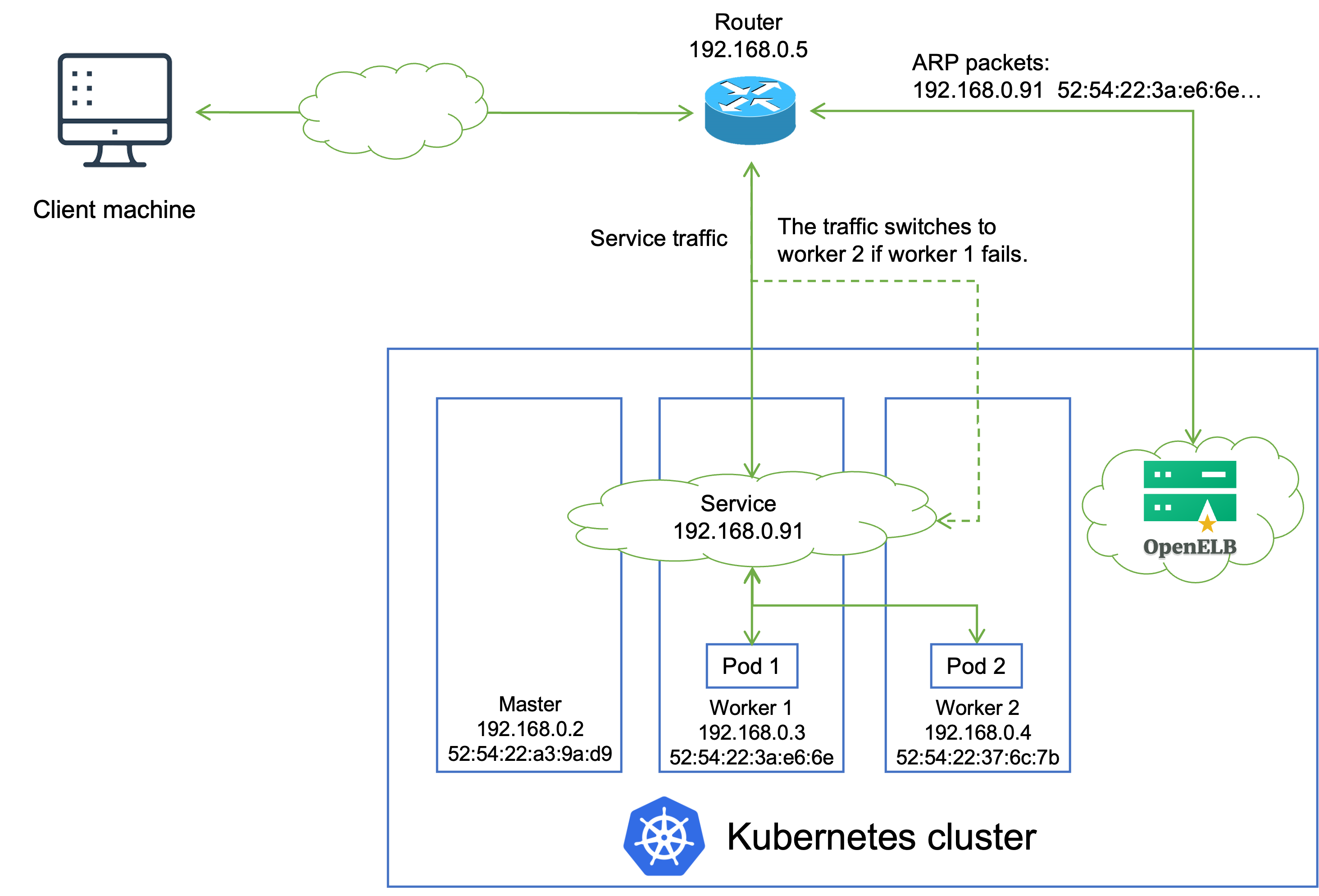
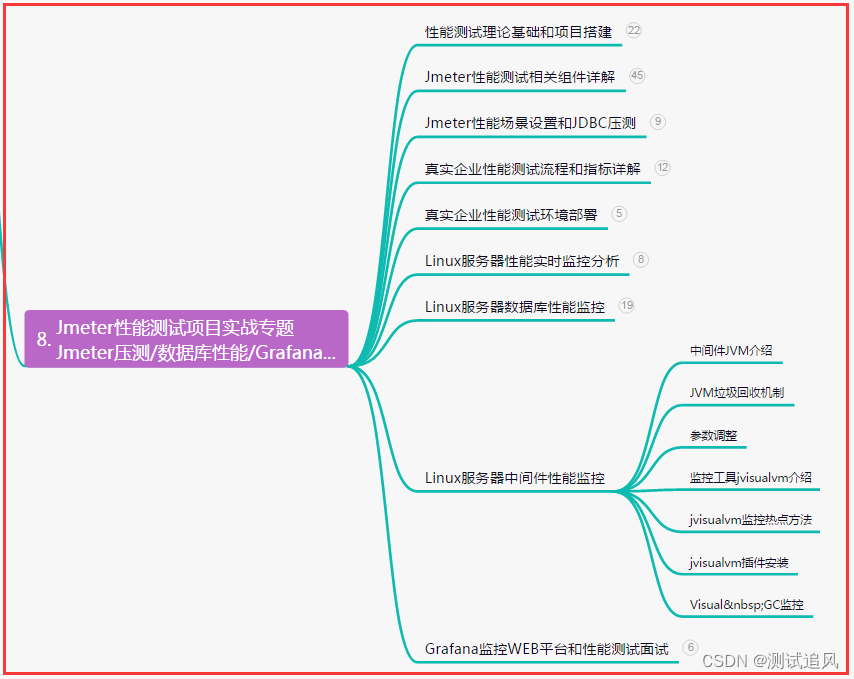
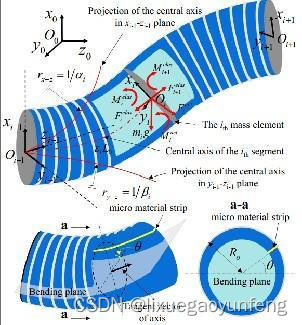


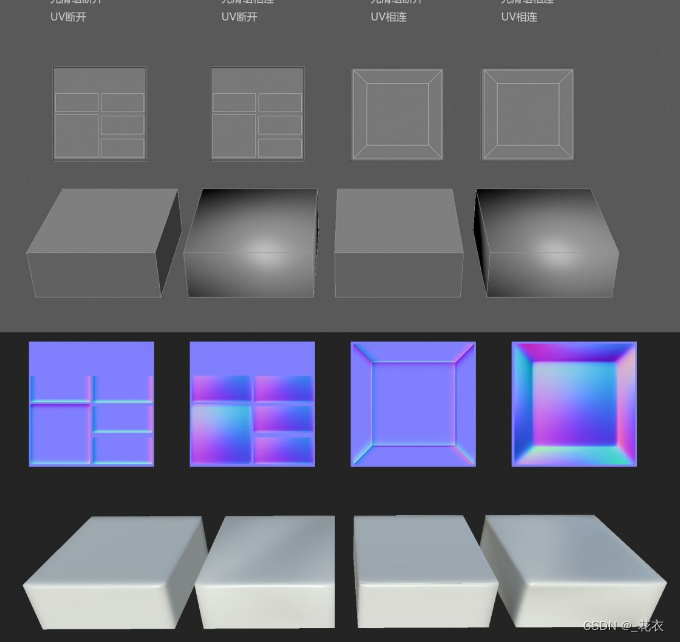

![[CKA]考试之基于角色的访问控制-RBAC](https://img-blog.csdnimg.cn/c7e1864271d248338f4c874618154f10.png)





